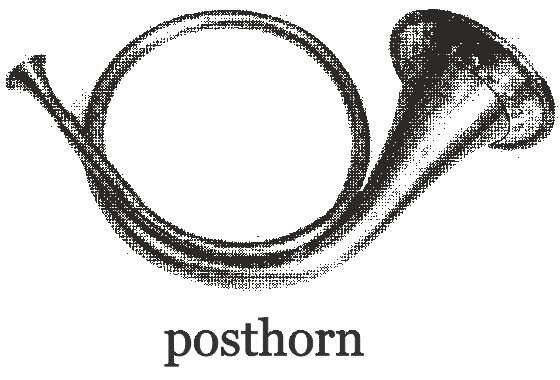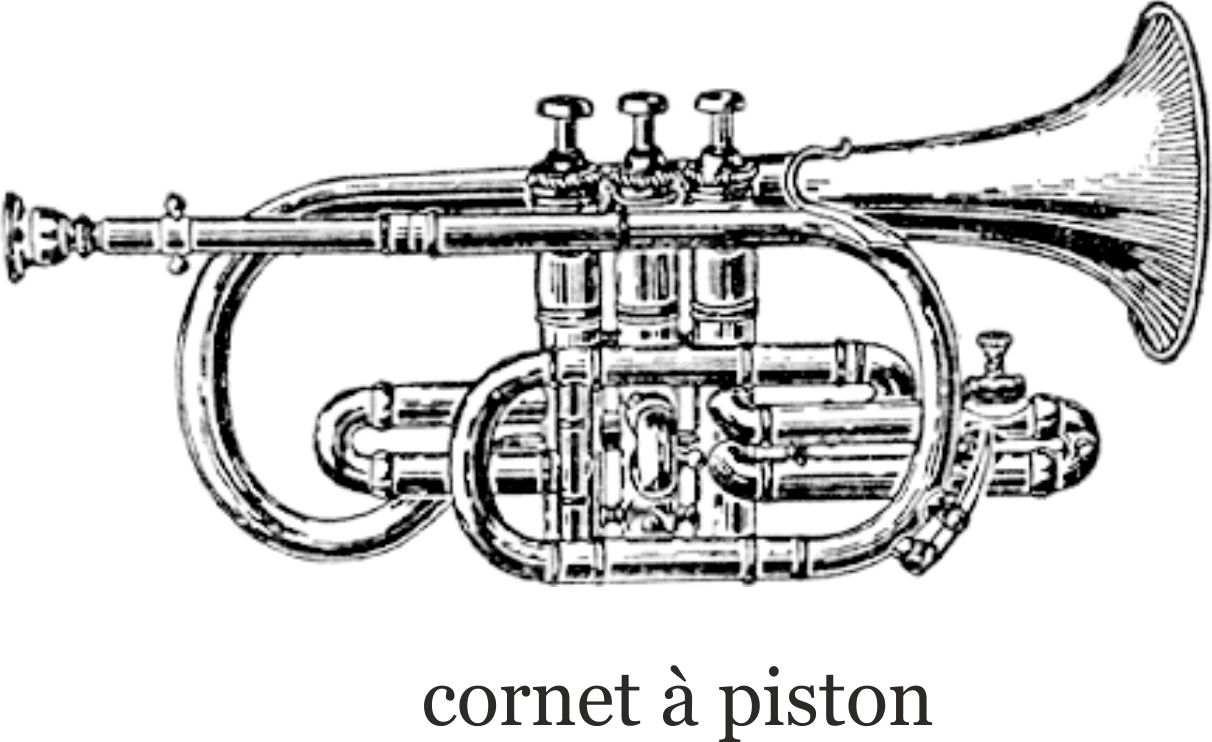
about BSC TRUMPETS
Dear trumpet players,
My name is Tomomi Kato. I have been researching the connection between technical construction and musical acoustics of the trumpet for over 32 years. I work together with important musicians in our time. I am trained in classical trumpet, but I analyze with many styles of music.
For me it is very important
not only to follow physics or technology, but also to follow history and
development. Only when you understand the past can you develop real innovation.
Did you know? Almost all
trumpets with Perinét piston valves today have their origins in the tradition of
trumpet from Paris precisely measured by cornet à piston (1837). From a
historical point of view, the cornet belongs to the family of posthorn and not
to the trumpet family. The entire instrument is conical. In contrast, the
trumpet has a very long cylindrical part and the natural trumpet was almost
twice as long as cornet or modern trumpet. While researching I could see that
some trumpets were similar in size to a cornet. Perhaps they have used the same
mandrel (inner shape of bell made of steel) and just bent different way? Every
trumpet player will know Jean-Baptiste Arban's school. Mr.Arban was a master and
pioneer of the cornet à piston. If there is a trumpet next to the cornet (cornet
à piston) in the orchetra score, it often means natural trumpet (sound). On the
natural trumpet you can only play a series of natural notes and in no case as
many notes as quickly as Mr. Arban .
But composer Mr. Johannes Brahms loved the sound of the natural trumpet "so deep (dark)"
and hated brass winds with valves.
.
But composer Mr. Johannes Brahms loved the sound of the natural trumpet "so deep (dark)"
and hated brass winds with valves.
When we leave Paris and France, there is a longer tradition of the trumpet in Central Europe long before the valve system was invented.
That is the root and basic idea of BSC Trumpets.
J.S.Bach, Mozart, Haydn, Beethoven all used the trumpet in their composition, but the natural trumpet. Although the valve system was invented in 1813, many composers and musicians were unwilling to use it due to the quality of the sound. There are some orchestras and schools, although they play Bb or C trumpet with valves, still orientate themselves towards the sound of the natural trumpet. By the time all composers have inspired their works, they had the sound conception of the natural trumpet in their ears and not cornet à piston.

Regardless of the natural trumpet, piston or rotary valve trumpet, there is a value in tradition of music that an instrument should sound like a human voice. If the sound is the only message but does not reach the soul of the audience, that would be wasted time. But when it happens, the moment is divine.
BSC Trumpet is harmonious in the trumpet section and with other instruments. Also in piano and mezzo forte good presence in orchestra because they have trumpet-typical partials that other instruments hardly have or not at all.
We soon discovered vocal quality of BSC trumpet loved jazz trumpet players. Because a lot of modern trumpets sounded dull, plastic, and cold. Whoever plays the BSC trumpet doesn't need a flugelhorn, the trumpet is so flexible. The conductor Sir Simon Rattle compared the sound of the German trumpet with Miles Davis. Did he pay close attention to trumpet stories in school? :-) But yes, the ideal of a jazz instrumentalist is certainly also a human voice which the soul carries in it.
Some trumpeters discovered
classical brilliance of BSC also worked beautifully in modern musicals or bands.
Many classical trumpet players today also have to play modern pieces, for which
they previously had to change 2 trumpets, classic one for nice sound and light
weight one for other. BSC covers both in high quality.
Brilliance, also called sizzling, is of course an important characteristic of
the trumpet and brass winds. But brilliance alone does not make music, it is
decoration like tinsel on a Christmas tree. Brilliance itself has no pitch or
frequency. The energy of a musician is limited and divided into different parts
of a tone. Too much tinsel drowns out of the actual content. The decisive factor
is the sound center that can convey the musician's message, conviction. The
ratio of mixture is very important.
Later I got to know the Spanish-speaking culture in Spain, South and Central America, which previously only knew trumpet from the USA. They appreciated BSC's naturalness and humanity. An instrument has to be able to tell stories, laugh and cry.
BSC trumpet has an „open sound“ that can also be heard in a large hall or church. "Open" means the sound is pure and intensely shines. The artist's expression is not disturbed by acoustic counter-effects from the environment. The sound center always comes out audibly. Many young players want to play dark sound and choose a dull sounding trumpet. At first it feels dark, but as soon as in other rooms come together with other instruments, the first problem arises. So many musicians only notice when they hear their own recording, or some never notice.
Today we all have good cell phones in our pockets. You should record and evaluate your performance. Recording is the mirror of a musician. An actress goes in front of the camera without having seen a mirror? You will always discover new things in yourself and that will help you further.
I admire old masters back then, their hearing and
their memory were the only storage medium. How long did it take you from Vienna
to Chicago back then? What did it cost? Today I can play European and American
musicians one after the other in excellent real quality as often as I want and
analyze them at home, all for free. We really have to achieve clearly better
results today.
Do the musicians of our time touch the soul of their
audience more deeply than they did then?
If you need a trumpet
for your life, please write me an e-mail and experience the BSC trumpet.
As long as we remain human, certain values never change.
Kind regards,
Tomomi Kato
Brass Sound Creation Luxembourg L-6687 Mertert e-mail : bsckato@yahoo.de